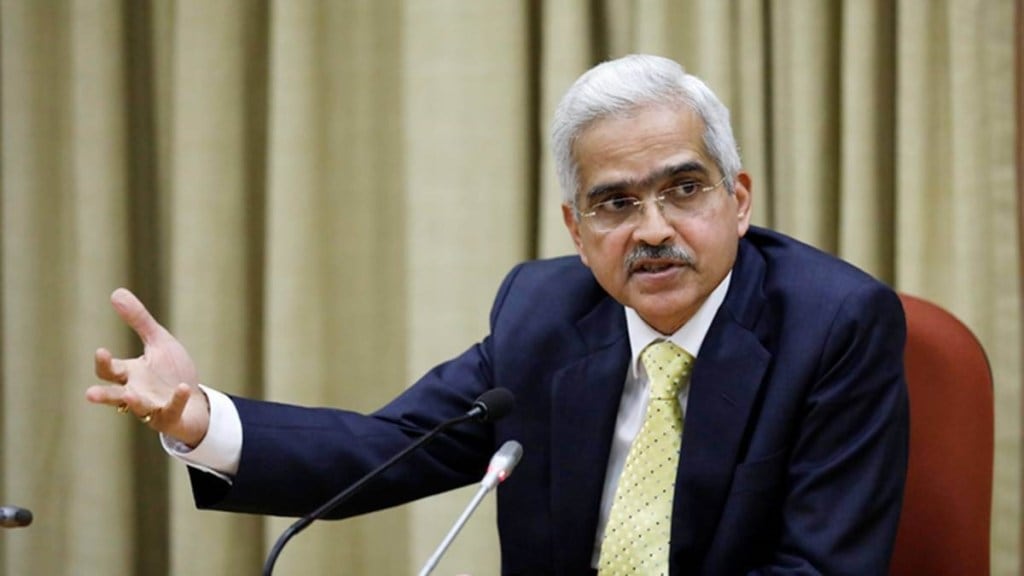Reserve Bank of India (RBI) governor Shaktikanta Das on Friday said rupee settlement for cross-border trade has huge potential and added that the central bank has initiated talks with some nations in South Asia to facilitate such trade.
“We are already in discussions with some of the countries in this region to facilitate rupee settlement of cross-border trade in the South Asian region. So, that can be another area which has a very big potential in the years to come,” he said.
Das was speaking at an event organised by the International Monetary Fund (IMF) in New Delhi.
Other than rupee settlement, RBI is also keen on linking of UPI for cross-border transactions, the RBI governor said, adding that India has already signed agreements with the neighbouring countries of Nepal and Bhutan.
Going ahead, the recently launched the central bank digital currency (CBDC) can also be explored for cross-border transactions, Das added. However, RBI will move cautiously in allowing CBDC for use in cross-border transactions as risks of cloning may arise, he said.
Also read: MFs’ AUM grows 5.4% in CY22, SBI MF widens lead
“We have launched CBDC. It is in a trial phase. We are moving about it very carefully because issues such as cloning might happen, which is very risky,” Das said at the event.
India also has currency swap agreements in place with several countries in the South Asian Association for Regional Cooperation (Saarc) region and has provided dollars to some of them to honour their external debt obligations, Das said. The aid was given to nations facing dollar shortage, especially those dependent on tourism which were affected by the pandemic.
In order to come out of the crisis triggered by the pandemic and geopolitical tensions, Das highlighted six policy measures that should be taken by the countries in the region. The six measures include taming inflation, containing external debt vulnerabilities, raising productivity, cooperation for energy security, greener economy, and promoting tourism.
Also read: LIC is unparalleled among sector peers, says Kotak
In the first three quarters of FY22, food price inflation in South Asia averaged more than 20% as the region is heavily dependent on crude oil imports, though the recent easing of commodity prices and supply chain bottlenecks will aid in in lowering inflation going ahead, he said.

